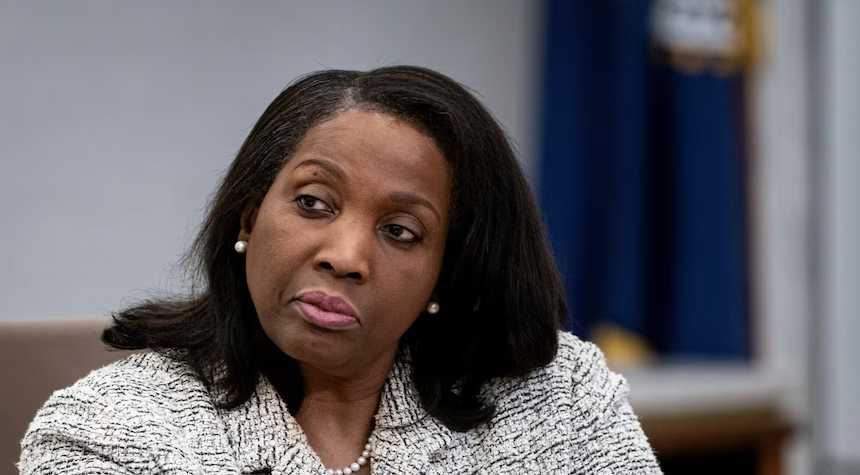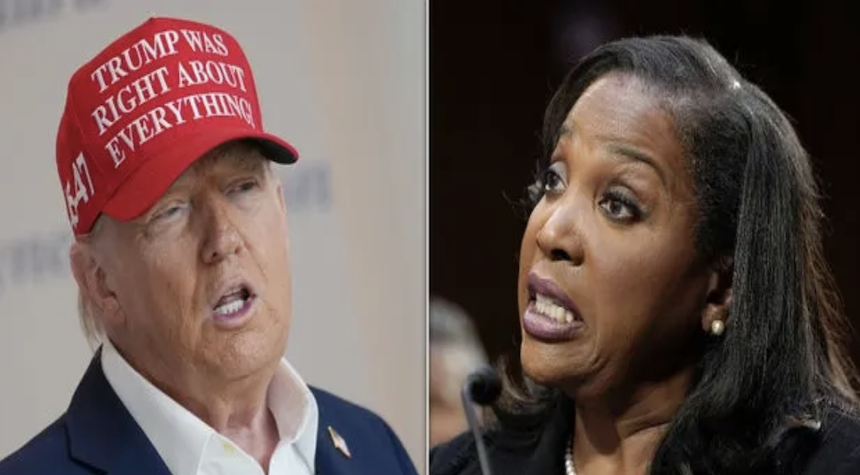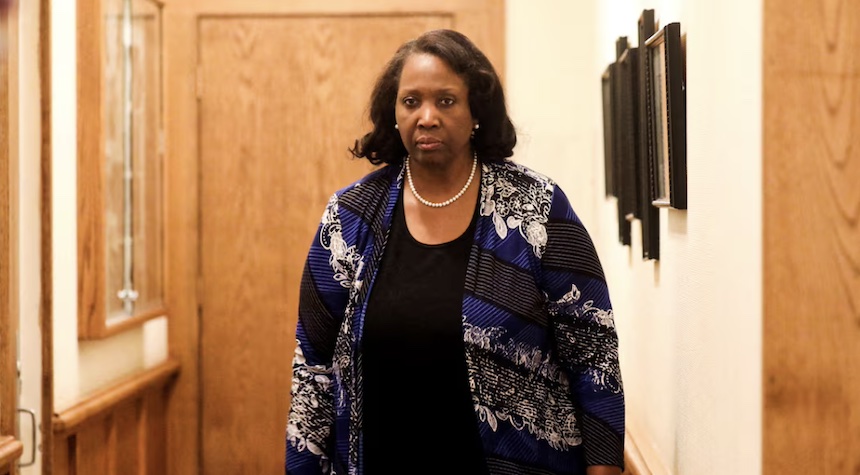Federal Reserve Governor Lisa Cook has filed a lawsuit against President Donald Trump, challenging his authority to remove her from office. This legal action stems from the President’s announcement on August 25th that he would fire Cook, citing allegations of mortgage fraud from 2021, before her appointment to the Fed.
The lawsuit contends that President Trump’s action violates federal law, which allows for the removal of a Fed governor only “for cause.” This case could potentially redefine the long-established norms of the U.S. central bank’s independence from executive control.
Cook, appointed by former President Joe Biden in 2022, is the first Black woman to serve on the Fed’s governing body. The President’s attempt to remove her follows a pattern of dismissals from other agencies traditionally considered independent from White House influence.

The law creating the Federal Reserve does not explicitly define what constitutes “cause” for removal, nor does it outline procedures for such an action. No president in U.S. history has ever removed a Fed board member, leaving this law untested in the courts.
Concerns about the Fed’s independence have already affected global currency markets, with the U.S. dollar weakening against major currencies following the President’s initial announcement.
Related: Fed Governor Lisa Cook Rocked by Mortgage Fraud Accusations
This case is likely headed for the Supreme Court. The court’s conservative majority has recently signaled that the Federal Reserve may qualify for a rare exception from direct presidential control, despite allowing the removal of officials from other agencies.

The Trump administration may contend that protecting Fed governors from removal violates the president’s constitutional powers over the executive branch. Conversely, Cook’s legal team argues that the President’s demands lack proper process and legal authority.
This legal battle could have far-reaching consequences for the structure of U.S. monetary policy and the global economy. As this situation develops, it raises important questions about the balance of power between the executive branch and independent government agencies.

